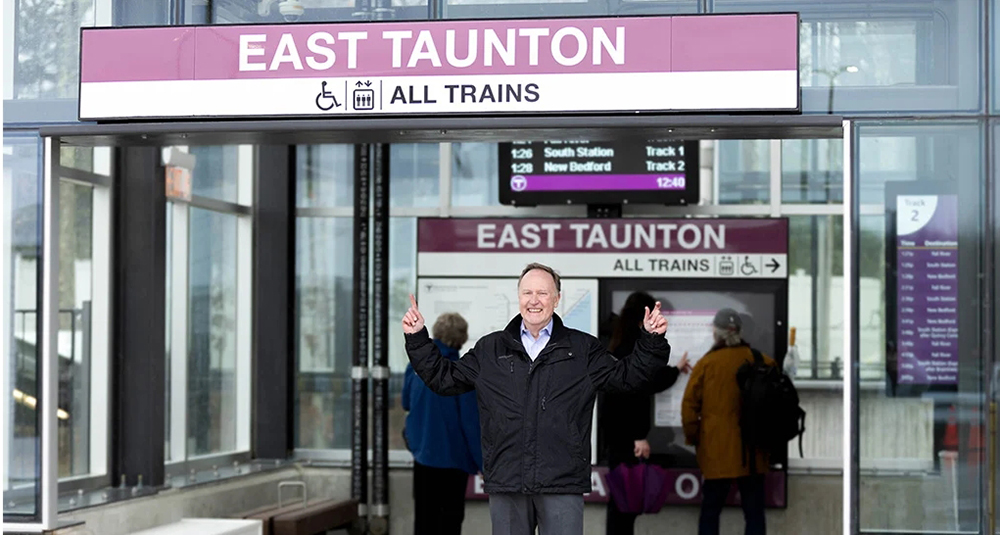News:
Spotlight Content
Posted: January 27, 2010
How do you determine an independent restaurant's appropriate market value?
To begin with, we have to determine what type of food operation we are considering. Generally speaking, the three main categories of food and liquor operations are fast food (breakfast & lunch, pizza & subs), mid-range restaurants & pubs (Ninety-Nine, Applebees, Pizzeria Uno) and full-service restaurant (Pier Four, The Continental, Top of The Hub, Hilltop, Outback Steak House...and thousands more).
As you might imagine, determining the appropriate value structure for all these categories...and the myriad of subsets, could turn into a weekend seminar. For the purposes of this article and to give you a basis of cursory evaluation, let's looks at four major areas of consideration:
Obviously, valuations are effected by the overall market conditions. In today's market, goodwill, as a function of gross sales, and profitability carry great weight. Fast food businesses are in high demand, thereby adding a level of additional value. Pizza-subs, breakfast-lunch businesses are not high tech; they're relatively easy to learn; they're easy to staff, and easy to control. Working with 'mostly cash' also has distinct advantages versus dealing with credit cards, hidden expenses, and detailed reporting. From my 30 years of experience, the majority of fast food operators, that actually work their business, make $80,000 to $150,000 per year.
Under the market conditions of today, the hardest hit segment of the food & liquor industry, is the full service, and high end group. This group specifically has been hit doubly hard. They're battered by increasing operating costs due to local and Federal government mandates and regulations, the increasing credit card and banking fees, the disappearance of interim bank financing, and quite simply the trading down of the customer to mid-tier and fast food restaurants.
The euphoria that we lived through in the not too distant past saw the high-end restaurants and full-service restaurants scrambling to open more and more units. It was not uncommon to expect to go out on a weekend night for dinner and wait a half hour to more than an hour at almost any decent restaurant. Today the lines are mostly gone or the waiting time reduced to 10 or so minutes. In better time, the roles reverse and the table cloth restaurants do extremely well and the fast food segment slows down.
So in such volatile times, how do you estimate a restaurants value.
First and foremost is the 'good will' as a function of foot traffic and sales. If the sales are there, most of the other expenses can be sustained and a profit realized but if the sales are weak, the expenses can decimate an operator. But one has to analyze if sales are weak due to the location, competition, management, staff, ambiance, or food quality and menu selection.
Secondly, the lease can make you or break you. We witnessed the problems that Brigham's has been going through...their leases were horrendous. They were entered into with times were good and they threw caution to the wind to secure good locations. The leases killed them; leases that today no one would enter into. I feel that when leases eat up more the 10% of your sales, you're working for the landlord. In the beginning your landlord is your best friend, when you pay your rent on time, he's your buddy, but when things get tough, a landlord can be your worst nightmare.
Thirdly, the equipment in a restaurant has minimal effect on a restaurant's value. It's like buying a new car that depreciates heavily as soon as you drive off a dealer's lot. The equipment has a function but is least important in the overall scheme of things.
The 'profitability' of a business is of most concern and value. You can have a dump of a place that nets $150,000 per year and you can have a landmark restaurant that's doing $5 million per year, with 60 employees, open 80 hours per week, and only netting $250,000 per year. Not to mention the restaurant operations the churn dollars but never turn a profit and ultimately go out of business.
There are numerous rules-of-thumb that can give you a fairly reasonable view of market value. It seems that most buyers and owners use the 20 - 25 times weekly gross sales approach. With average conditions in place this works well with adjustments for each of the above conditions. With all components in sync and working well, 25 times comes pretty close to the results of a laborious in depth formal appraisal.
Dennis Serpone is president of New England Restaurant Brokers, Wakefield, MA.
Tags:
Spotlight Content
MORE FROM Spotlight Content
Check out the New England Real Estate Journal's 2025 Fall Preview Spotlight
NEREJ’s Fall Preview is Out Now!
Explore our Fall Preview Spotlight, featuring exclusive Q&As with leading commercial real estate professionals and in-depth byline articles on today’s most relevant market topics. Gain insight into the trends, challenges, and opportunities shaping New England’s commercial real estate landscape this fall.
Explore our Fall Preview Spotlight, featuring exclusive Q&As with leading commercial real estate professionals and in-depth byline articles on today’s most relevant market topics. Gain insight into the trends, challenges, and opportunities shaping New England’s commercial real estate landscape this fall.

Quick Hits
Columns and Thought Leadership

How do we manage our businesses in a climate of uncertainty? - by David O'Sullivan
These are uncertain times for the home building industry. We have the threat of tariffs mixed with high interest rates and lenders nervous about the market. Every professional, whether builder, broker, or architect, asks themselves, how do we manage our business in today’s climate? We all strive not just to succeed, but

30 years on South Coast Rail: A journey to connect Southeastern Mass. with commuter rail - by Rick Carey
On March 24, 2025, a dream more than three decades in the making became a reality with the launch of the Massachusetts Bay Transportation Authority’s (MBTA) South Coast Rail commuter service. This milestone marks the completion of a project that overcame numerous starts and stops, including changes in leadership

Shallow-bay wins on 495/128: A renewal-driven market with a thin pipeline - by Nate Nickerson
The Boston industrial market entered mid-2025 in a bifurcated state. Large-block vacancy remains elevated, while shallow-bay along the 495/128 corridor continues to prove resilient. Fieldstone’s focus on this geography positions us squarely in the middle of a renewal-driven, supply-constrained

How long should I hold a property for it to qualify as an investment property in connection with a 1031 tax-deferred exchange? - by Brendan Greene and Mark McCue
Internal Revenue Code (IRC) Section 1031 provides “No gain or loss shall be recognized on the exchange of property held for productive use in a trade or business or for investment if such property is exchanged solely for property of like kind which is to be held










.png)